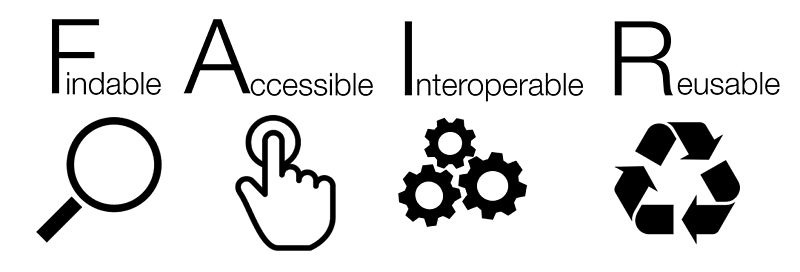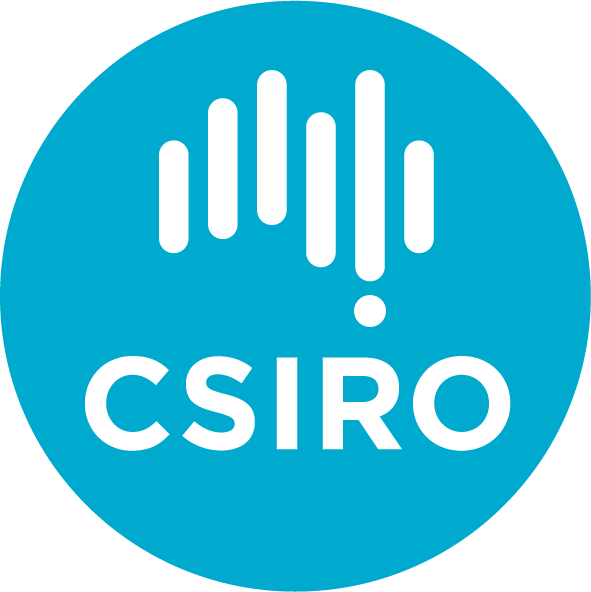On interdependence in FAIR research communities (digital and otherwise)
Penny muses on inter-reliance of researchers working in different stages of the research workflow.

Last week our paper on capture of FAIR-ready data on the FAIMS mobile platform was released in the Journal of Computer Applications in Archaeology (Ross et al. 2022). In it we step through each of the FAIR data principles:
Findable with unique and persistent identifiers and rich, searchable metadata
Accessible via open, free and/or standardised protocols
Interoperable with machine-readable metadata
Reusable having been shared with all relevant contextual data, ready for reuse by other researchers
While these are well known concepts in eResearch communities, they have had little traction to date in archaeological research. That said, they are compatible with a long-standing willingness to share archaeological data.
As we note in the paper, there is an inherent tension in the need to convince the creators of data to share it in a way best-suited for consumers of those data. When data are shared directly and in small groups, this persuasion is a straightforward task. Creators can discuss user’s needs at the time of distribution. When researchers create data for ‘future users’, they must anticipate the needs of unknown agents, asking yet-to-determined questions using unknown tools. It is for this reason that agreed protocols are so important (and it’s handy if one of those agents is a machine). But, this effort can create a burden on the data-creators who are almost certainly subject to the pressures of data collection efforts.
Of course, few researchers embark on careers in knowledge-making without some modicum of good will to share their data with the world. Not all realise that simply sharing the data is not enough.
Our efforts with the FAIMS Project—which commenced before the FAIR Principles were established, but in large part was to achieve the same goals—has been to make the process of capturing these necessary metadata as painless as possible. As Shawn wrote in April:
It is much easier to produce FAIR data if FAIRness is ‘built in’ from the beginning, rather than ‘bolted on’ at the end. (FAIMS blog post)
While, as data collection software the FAIMS Mobile Platform does not play a role in the accessibility of data, we have:
supported the allocation of unique, persistent identifiers such as the IGSN and capture of key project- and dataset-level metadata (F=Findable);
provided the means to connect connect local controlled vocabularies to published vocabularies, thesauri and ontologies (I=Interoperable);
supported the creation of rich and varied record- and value-level metadata to make data easier to use (R=Reusable)
Despite this, we found that:
Features that helped researchers accomplish their own goals around timely analysis and publication of traditional outputs were widely used, while features that focused on making data FAIRer to benefit others were often neglected. While improvements to field data capture software and more collaboration between archaeologists and data specialists can make FAIRification easier, the major barriers are sociotechnical. Until a disciplinary culture emerges in archaeology where production and publication of FAIR data are normal and rewarded, these activities are unlikely to happen at the necessary scale, limiting the amount of genuinely reusable data available to address our discipline’s grand challenges. (Ross et al. 2022)
The issue of rewarding researchers for performing thankless tasks such as FAIRification was discussed at the recent eResearch Australasia Conference at the Brisbane Exhibition Centre last month. It was raised in a number of sessions on the publication of vocabularies, finite citation of enhanced and amended datasets (Klump et al. 2021b) and the use of adoption of ORCID IDs. I was chuffed to see that our institution, Macquarie University, is an outlier in its stellar uptake of ORCIDs for staff members (Porter 2022). This came about through positive change management—as (Nicholas et al. 2009) argued when it comes to persistent identifiers and other critical components of FAIR data: the policies not technology alone are important.
It is to this end that the archaeological members of the FAIMS leadership (Shawn, Adela and and I) are working with Jens (as a founder of IGSN) and Rorie Edmunds of DataCite to build a community of practice to support the adoption of IGSNs in archaeological practice (Klump et al. 2021a). Here, we hope to lean on expertise of researchers from other fields who have successfully implemented this kind of persistent identification in their research domains to enhance the FAIRification in archaeology. In turn, we hope that some lessons learned by our growing community will be shared with those that come.
References
Klump, J., K. Lehnert, D. Ulbricht, A. Devaraju, K. Elger, D. Fleischer, S. Ramdeen & L. Wyborn. 2021a. Towards Globally Unique Identification of Physical Samples: Governance and Technical Implementation of the IGSN Global Sample Number. Data Science Journal 20: 1–16. https://doi.org/10.5334/dsj-2021-033.
Klump, J., L. Wyborn, M. Wu, J. Martin, R.R. Downs & A. Asmi. 2021b. Versioning Data Is About More than Revisions: A Conceptual Framework and Proposed Principles. Data Science Journal 20. Ubiquity Press: 12. https://doi.org/10.5334/dsj-2021-012.
Nicholas, N., N. Ward & K. Blinco. 2009. A policy checklist for enabling persistence of identifiers. D-Lib Magazine 15: 1082–9873. https://doi.org/10.1045/january2009-nicholas
Porter, S.J. 2022. Measuring Research Information Citizenship Across ORCID Practice. Frontiers in Research Metrics and Analytics 7: 779097. https://doi.org/10.3389/frma.2022.779097.
Ross, S., B. Ballsun-Stanton, S. Cassidy, P. Crook, J. Klump & A. Sobotkova. 2022. FAIRer Data through Digital Recording: The FAIMS Mobile Experience. Journal of Computer Applications in Archaeology 5: 271. https://doi.org/10.5334/jcaa.96.
For more news, subscribe!



